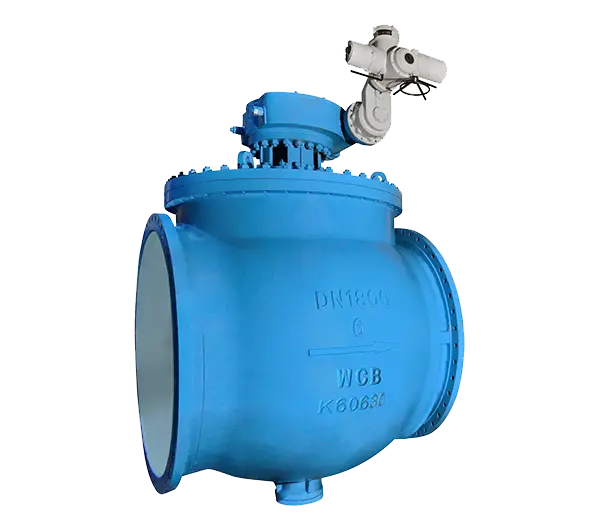In the industrial sector, ball valves are widely used as fluid control devices, becoming the preferred choice for many industries due to their simple operation, excellent sealing performance, and high durability. However, as working environments become more complex, especially under high-temperature conditions, many people may wonder: Can ball valves overheat, and does overheating affect their performance?

Potential Risks of Overheating in Ball Valves
If ball valves are exposed to environments exceeding their design temperature limits, overheating can indeed occur. Overheating not only negatively impacts the valve's performance but may also shorten its service life. Here are the primary issues overheating can cause:
Damage to Sealing Elements
The sealing elements of ball valves are typically made from PTFE (polytetrafluoroethylene) or other elastomeric materials. While these materials offer excellent corrosion resistance and sealing performance, their tolerance to high temperatures is limited. In prolonged high-temperature conditions, the sealing elements can soften, melt, or decompose, causing the valve to lose its sealing ability and leading to media leakage. This poses significant safety risks, particularly in systems transporting hazardous materials.
Deformation of Metal Components
Although the body and ball of ball valves are usually made of metals like stainless steel or cast steel, these materials can undergo thermal expansion at high temperatures. Such expansion may reduce the precision of the fit between the ball and the seat, affecting the valve's performance. In applications requiring precise fluid control, even minor deformations can cause the valve to seize or fail to close completely.
Reduced Pressure Rating
Ball valves are designed to operate within specific temperature and pressure ranges. If the operating temperature exceeds the valve's design limits, the pressure rating may drop, compromising reliability under high-pressure conditions. Overheating can weaken the valve body's mechanical strength, increasing the risk of failure in high-pressure applications, such as steam systems or refineries.
Reduced Lifespan
Ball valves exposed to high temperatures for extended periods tend to have a shorter lifespan. High temperatures accelerate the aging and fatigue of materials, leading to irreversible damage to both sealing elements and metal components. This results in more frequent valve replacements, increasing maintenance costs and possibly reducing system efficiency.
Solutions to Prevent Overheating in Ball Valves
To prevent overheating and ensure reliable operation of ball valves in high-temperature environments, the following measures can be taken:
Use High-Temperature Ball Valves
For high-temperature applications, there are specially designed ball valves made with heat-resistant materials, such as metal seats (instead of traditional PTFE) and special alloys for the valve body. These materials withstand extreme temperatures, maintaining the valve's sealing performance and operational flexibility.
Regular Maintenance and Inspection
In high-temperature environments, ball valves require more frequent maintenance and inspections to ensure that their sealing elements and metal components remain intact. Regular inspections can help identify potential overheating issues early, preventing unexpected failures.
Implement Effective Temperature Control Systems
To prevent ball valve overheating, it's essential to design systems with adequate temperature control measures. By managing temperatures effectively, prolonged exposure to extreme heat can be avoided, thereby extending the valve's service life.
